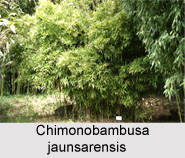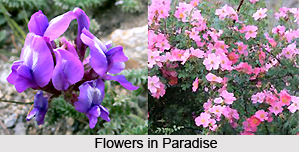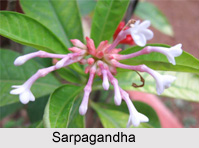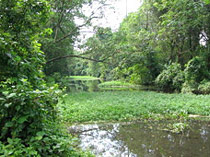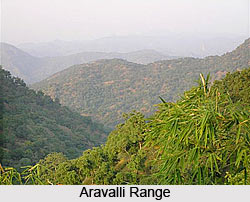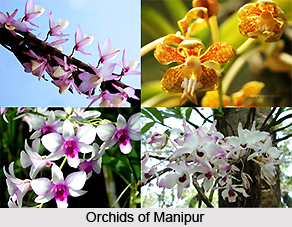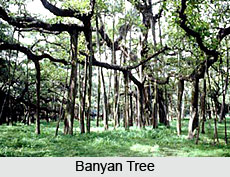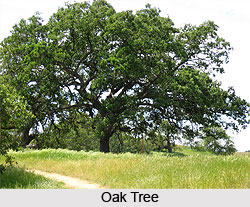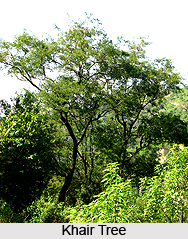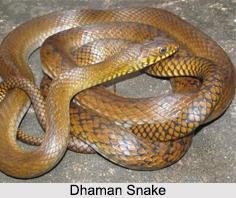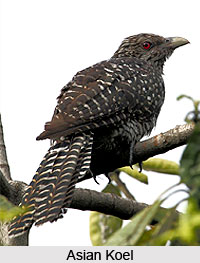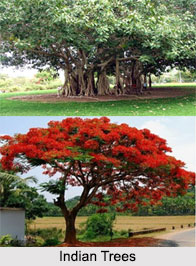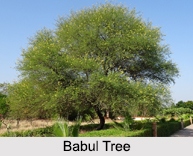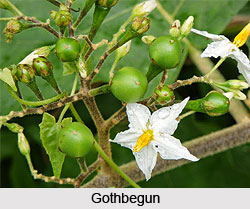 Gothbegun is a bushy, erect and spiny perennial shrub or herb which is found in disturbed habitats throughout the tropical parts of India and the Andaman and Nicobar Islands. It is an erect shrub or small tree usually growing 3 m tall, but occasionally reaching up to 5 m in height. This plant is an important medicinal plant in tropical and subtropical countries is widely used like food and in folk medicine around the world. This plant used horticulturally as a rootstock for eggplant. These plants are very vigorous and tolerate diseases affecting the root system, thus allowing the crop to continue for a second year.
Gothbegun is a bushy, erect and spiny perennial shrub or herb which is found in disturbed habitats throughout the tropical parts of India and the Andaman and Nicobar Islands. It is an erect shrub or small tree usually growing 3 m tall, but occasionally reaching up to 5 m in height. This plant is an important medicinal plant in tropical and subtropical countries is widely used like food and in folk medicine around the world. This plant used horticulturally as a rootstock for eggplant. These plants are very vigorous and tolerate diseases affecting the root system, thus allowing the crop to continue for a second year.
Different Names of Gothbegun
The Botanical name of Gothbegun is "Solanum Torvum". It is known in various other names in different languages of India. Gothbegun is known as "Gota Begun" and "Titbaigun" in Bengali, "Chunta", "Malaichundai", "Sundai", "Kottukkattari" and "Sundaikai" in Tamil, "Kadusonde", "Sonde", "Bovasonde" and "Sundakkayi" in Malayalam, "Brhati" and "Gosthabartaku" in Sanskrit and "Kondavuste", "Kottuvastu", "Chundaikai" and "Ustekaya" in Telugu. The common names are "Devil"s Fig", "Pea Eggplant", "Prickly Solanum", "Shoo-Shoo Bush", "Susumber", "Thai Eggplant", "Turkey Berry" and "Wild Eggplant".
Characteristic Features of Gothbegun
Gothbegun is an erect herb or shrub which grows up to a height of about 3 meters. The stem of this shrub is often tinged with dark purple, stellate-tomentose, unarmed or with short and curved prickles. The stem bark is grey and nearly smooth with raised lenticels. The leaves are ovate-lanceolate, margins entire, sinuate or shallowly lobed, apex acute or obtuse, base rounded, stellately tomentose beneath and without prickles. The flowers of Gothbegun plant are white in colour and are borne in dense lateral racemes. The calyx is glandular and hairy and is never armed, lobes lanceolate, acuminate 0.6 cm long when in flower and 0.9 to 1 cm in diameter when in fruit. The corolla is white, stellate-pubescent outside, 7 to 8 mm long, lobes lanceolate and sub-acute. Fruits (berries) of this plant are globule, 1 to 1.3 cm in diameter, smooth, yellow or orange-red in colour when they are ripe. The seeds are smooth. Fruits and flowers come between the months of March to July. Gothbegun is found in open and disturbed habitats throughout the tropical parts of India and the Andaman Islands, except in very dry regions.
Medicinal Values of Gothbegun
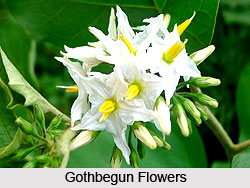 The Gothbegun plant is regarded as sedative, digestive and diuretic. The fruits of this medicinal plant, which are cooked and eaten as a vegetable or dried and preserved, are considered useful for relieving indigestion and treatment of spleen and liver enlargement. A decoction of the fruits is given to provide relief from coughs. The powdered seeds, mixed with mustard oil, are used as massage oil in the treatment of skin eruptions among the tribal inhabitants of Udaipur District in the Indian state of Rajasthan. Extracts of the plant are reported to be useful in the treatment of hyperactivity, colds and cough, pimples, skin diseases, and leprosy. The leaves of this medicinal plant have haemostatic properties. The roots are used in the form of a poultice to promote healing of cracks in the feet. In Ayurveda, the berries and roots are used as a substitute for those of Solanum anguivi. In Siddha medicine one of the traditional systems of India Sundaivattral Choornam is used to improve digestion. Gothbegun has also been used in "folk medicine" to treat fever, and for analgesic and anti-inflammatory purposes. It has also been used to treat respiratory tract disorders and gastro-intestinal tract disorders.
The Gothbegun plant is regarded as sedative, digestive and diuretic. The fruits of this medicinal plant, which are cooked and eaten as a vegetable or dried and preserved, are considered useful for relieving indigestion and treatment of spleen and liver enlargement. A decoction of the fruits is given to provide relief from coughs. The powdered seeds, mixed with mustard oil, are used as massage oil in the treatment of skin eruptions among the tribal inhabitants of Udaipur District in the Indian state of Rajasthan. Extracts of the plant are reported to be useful in the treatment of hyperactivity, colds and cough, pimples, skin diseases, and leprosy. The leaves of this medicinal plant have haemostatic properties. The roots are used in the form of a poultice to promote healing of cracks in the feet. In Ayurveda, the berries and roots are used as a substitute for those of Solanum anguivi. In Siddha medicine one of the traditional systems of India Sundaivattral Choornam is used to improve digestion. Gothbegun has also been used in "folk medicine" to treat fever, and for analgesic and anti-inflammatory purposes. It has also been used to treat respiratory tract disorders and gastro-intestinal tract disorders.
It has been used to treat skin infections (ringworm, athlete"s foot) and dermatophilosis in animals. Additionally it has been used to treat stomach complaints, such as ulcers. Under laboratory conditions, Gothbegun has been shown to inhibit bacterial growth and exhibits anti-ulcerogenic properties.
Culinary Use of Gothbegun
In Tamil Nadu, the fruit is consumed directly, or as cooked food like "Sundaikkai Sambar", "Sundaikkai Poriyal", "Sundaikkai Aviyal" and "Sundaikkai Pulikulambu". After soaking in curd and drying, the final product is fried in oil as "Sundaikkai Vattral", it is famous all around in Tamil Nadu.
